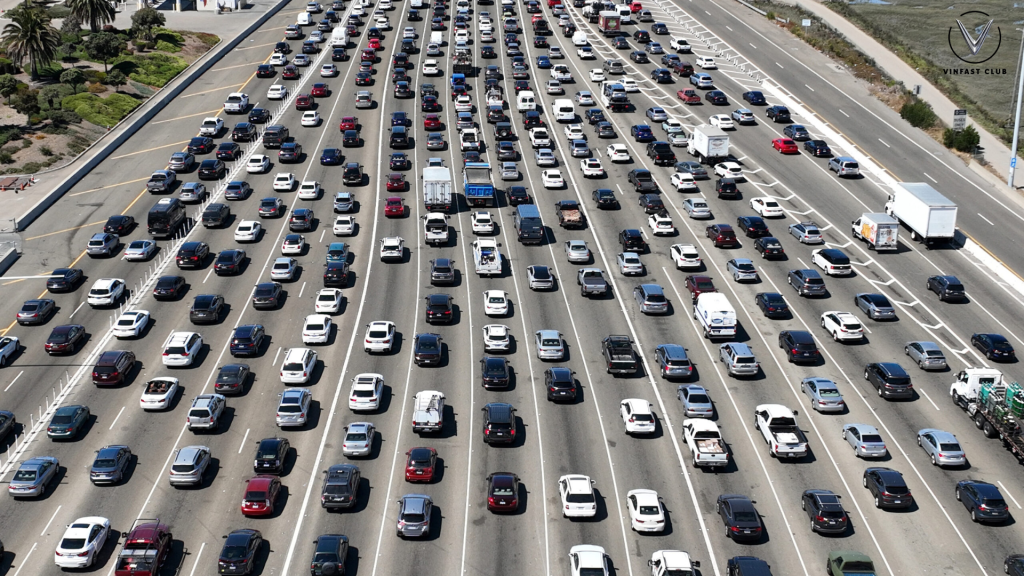US Government Announces Plan to Replace Federal Vehicle Fleet with Electric Vehicles
The federal government is planning to spend $770 million on zero-emission vehicles and charging stations in fiscal 2023 as agencies begin ramping up to meet President Biden’s ambitious timeline to phase out gas-guzzling cars and trucks. Agencies plan to buy 9,500 ZEVs in fiscal 2023, according to a Government Accountability Office report, which federal fleet offices project will cost $470 million. That marks a $200 million increase over what it would cost agencies to buy the cheapest available vehicles. They will spend another $300 million on 8,500 charging stations, provided they have the funding to do so. In fiscal 2022, agencies fell short of their ZEV goals in part due to inadequate funding. Meeting targets is also contingent on the availability of mission-appropriate vehicles from manufacturers. The Transportation Department, for example, has run into issues with limited quantities of electric vehicles available. It had hoped to purchase 430 EVs in fiscal 2022, but only received 292 after manufacturers canceled some of the orders. The Energy Department estimated one-in-four EV orders by federal agencies in fiscal 2022 were canceled. Other agencies, such as Customs and Border Protection, said no current electric vehicle technology can support its needs in extreme environments at…












